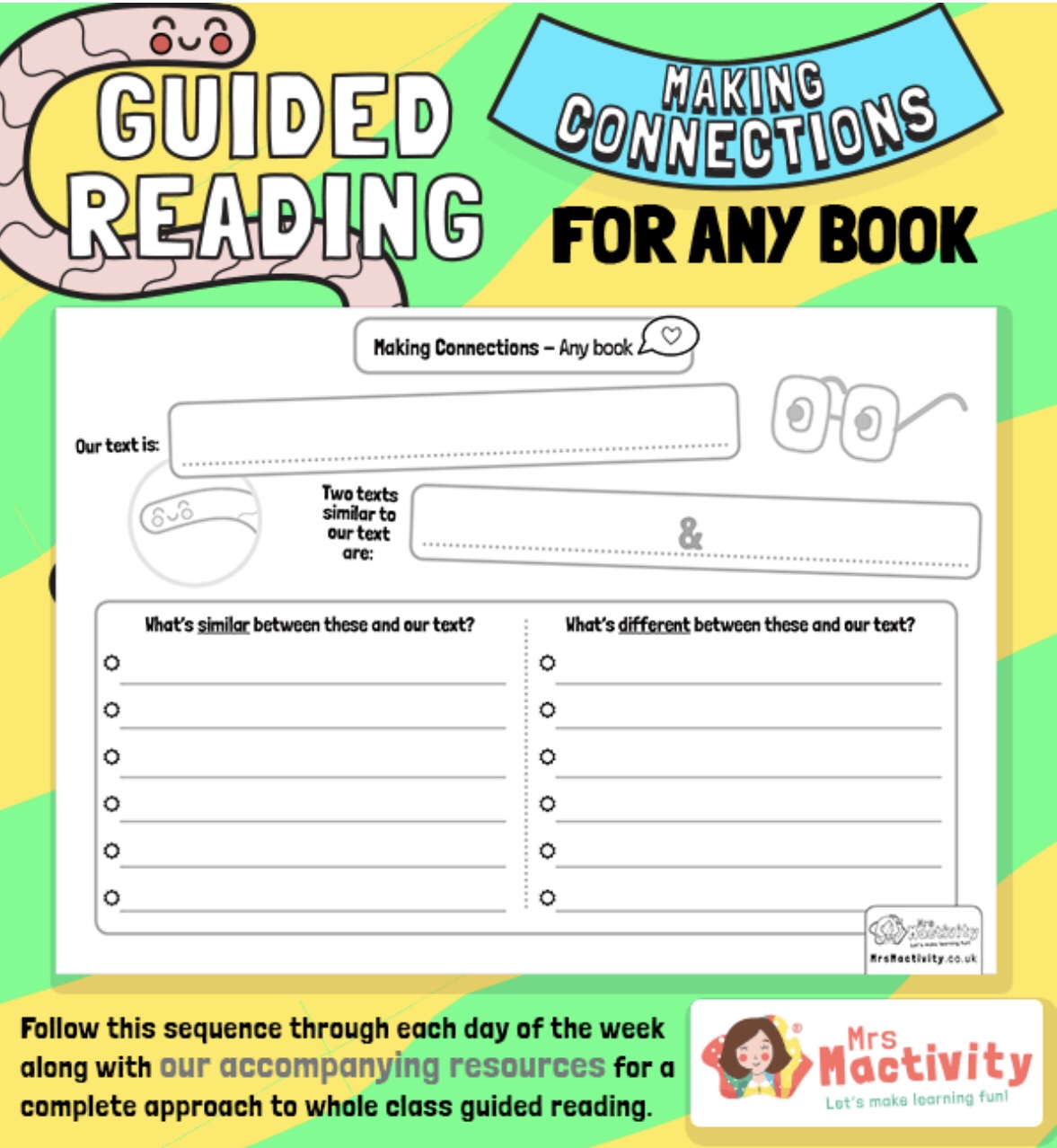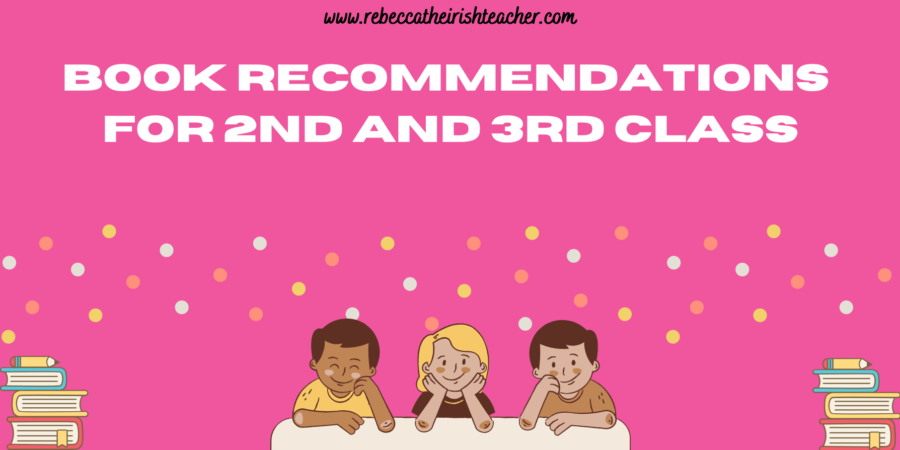We’ve read loved and voted!
Below I will list our book recommendations, based on the books we have adored so far this year, with a small blurb on each. This way you can decide if you think your class would be interested in them too.
I’ve linked some activities that I used to accompany these texts. Any links to Mrs Mactivity and the Book Depository are affiliate links- use code Rebecca to get 10% off the Mrs Mactivity website subscription.
Always make time for a read-aloud
This is crucial to the enjoyment of a book in class. Making time everyday to read some more of a book can really inspire a love of reading. When time isn’t set aside for a read-aloud, the children lose the flow of the story and essentially lose interest.
This year, I set aside 15 minutes every day to read to the children and it’s one of our favourite times of the day. If you’re really stuck for time, could you read to them while they eat?
See this post for more simple ways to inspire a love of reading: How to encourage Reading for Pleasure.
How I choose which texts to read
This year, an aim of mine was to make my book choice more diverse. I teach in a multi-denominational school and it was crucial for me that the children could relate to the characters in the stories we read. Not every story I read is a diverse choice, but much more of my library represents my children and that’s what matters.

The 2018 Diversity in Children’s Literature graphic(produced by Sarah Park Dahlen and David Huyck) speaks volumes. It inspired me to diversify my class library to represent more children in my class. Thus, the books listed below are from this diverse library I created this summer.
Find more about this here: Diverse Children’s Books for the Classroom
Book Recommendations in order of preference
(Click on the book titles to find the book on the Book Depository).
Planet Omar-
A HUGE hit with my class this year. Omar is a Muslim boy, who is a new student in a school in London. This book naturally and clearly portrays the life and culture of a young Muslim boy. The children learned so much about Eid, the clothes that are worn and the different types of believes that people of the Islamic faith have.
It was a completely new world for most of the children in my class and a chance to celebrate and relate for my children of Islamic faith. For the first time, they felt like the heroes of the story and that is what it’s all about.
The book contains many illustrations and is quite funny in nature. We laughed, we empathised and we learned with this book. An easy number one for our book recommendations for 2nd Class.
The Day the Crayons Quit-
One of my personal favourites too. Oliver Jeffers cleverly writes from the point of view of the crayons and brings crayons to life through witty humour. This book contains a letter from each different crayon in Duncan’s box, many complaining about how they are being used.
If you know this book well, then you’ll know that the peach crayon’s letter brings MANY giggles, so wait until you read that! The children were in such suspense as each page was turned, dying to guess which colour crayon came next.
If looking to connect this book to writing, it could double as an excellent stimulus to letter writing. A very enjoyable book, with others in its series too if interested.
We made connections to Toy Story and how some of Andy’s toys would have had complaints about who he chose to play with. We used this resource from Mrs Mactivity. Use code Rebecca for 10% off.

The Name Jar-
A beautiful story about a young Korean girl named Unhei. Unhei is anxious to start in her new class in America as she fears that nobody will be able to pronounce her name.
A story that many pupils can identify with, I’m sure. Not only can connections be made to having a name that’s often mispronounced, the children also felt proud of how the other children in the class made Unhei feel more welcome. It opened up the conversation to how we would help a new pupil to feel welcome in our class and how we would celebrate where everyone comes from too.
The children help Unhei to feel welcome by helping her to see just how unique and beautiful her name is. A real self-esteem boosting moment. Stories like these really open your eyes to just how open minded and kind children are. It’s definitely a conversation starter and can be used cross-curricularly too for instance:
- SPHE: teaching about empathy, sympathy or emotional literacy of any description.
- Geography: where is Korea? What is different about life in Korea and life here? What’s similar about life here and life in Korea?
- History: what’s the meaning behind your name?
A truly great story- highly recommend.
Ruby’s Worry-
Another fabulous story, which lends beautifully to talking more openly about what makes us worry and how they can manifest as other feelings.The children really loved this story as it quite simply allowed them to reflect on who they can talk to about any worry that pops into their head at any point. It simplifies the process in how talking about a problem aloud, can help to solve it.
We completed this activity afterwards and had a lovely afternoon reflecting on different worries that we had and how we could help someone in the class with this worry.
Judy Moody-
An oldie- but a goodie. Not a deep message, or theme involved, but a nice, easy-going story to relate to, giggle at and discuss. If you’re unfamiliar with Judy, she is a moody, snippy young girl who gets into trouble often. Most children love to listen to a story about a child that gets into trouble.
There’s lots of funny stories and relatable classroom dramas for children to make connections to. There’s also a project that she has to do, called a ‘Me Collage’. The children were dying to make one of their own, so I found this and let them work away.
It could be a good book as well to propose “what would you do” scenarios for SPHE discussions.
Bad case of stripes-
A unique, interesting story about a girl called Camilla Cream, who secretly loves Lima beans. Camilla wants to be just like her friends, so stops eating them, only to wake up one day covered in thick, colourful stripes.
Being teased in school and afraid of the stripes being contagious, Camilla is sent home. The doctors are puzzled by her condition and cannot figure out what’s going on. Then an old lady persuades Camilla to eat Lima beans again, curing her. Camilla then releases that she likes being different and embraces her uniqueness.
The story brings up some lovely themes for discussion, such as bullying, self-perception, peer pressure and identity. Lots of conversation starters there and links to SPHE yet again.
Also connections to be made with Covid-19 from a contagious illness point of view. The story is a lovely stimulus for positive self-affirmations too and building up children’s self-esteem.
Find a lovely activity here on boosting children’s self-esteem.
A lovely choice.
Stuck-
A humorous, simple picture book that hooks the children in from the get go. Oliver Jeffers is a firm favourite in our class and the children genuinely get a lot out of his books.
Floyd gets his kite stuck up a tree and keeps throwing items up to try and knock it down. The items get larger and larger with still no luck in retrieving his kite. It’s a funny story with a surprise ending. Very simple to understand but enjoyable all the same.
Through the simplicity of this story, some strong themes emerge, such as perseverance, problem solving and frustration.
Yet again, lots of discussion points throughout this story. Through simple picture books, they often lend to the most meaningful discussions, allowing children to comprehend a text on a whole new level.
We thoroughly enjoyed this text.
With a few months left in this school year, we intend on reading some many more novels and picture books. But so far, these were our favourites.
To find out how we engage in Guided Reading, check out this post: Whole Class Guided Reading: Structure and Differentiation
All the best,






